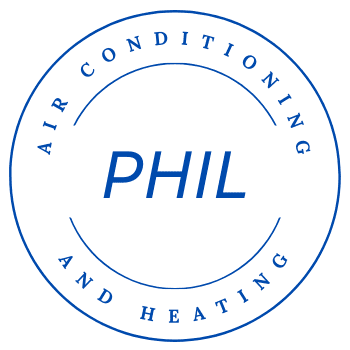Tips for Improving Airflow in Your Home: Enhance Comfort and AC Efficiency
Proper airflow is essential for maintaining comfort and maximizing the efficiency of your air conditioning system. Whether you’re dealing with hot spots in certain rooms or simply looking to reduce energy consumption, optimizing airflow can make a significant difference. Here are some practical strategies to enhance airflow throughout your home:
1. Keep Vents and Registers Clear
Ensure that all vents and registers are unobstructed by furniture, rugs, or curtains. Blocked vents can disrupt airflow and cause uneven cooling throughout your home. Clearing these obstacles allows air to flow freely and efficiently.
2. Clean or Replace Air Filters Regularly
Dirty air filters restrict airflow and force your AC system to work harder, which can lead to higher energy bills and reduced efficiency. Check your filters monthly and replace them as needed (typically every 1-3 months). Clean filters ensure optimal airflow and improve indoor air quality.
3. Check for Leaky Ducts
Leaky ducts can significantly reduce airflow to certain areas of your home. Inspect ductwork for gaps, cracks, or disconnected sections, especially in attics, basements, or crawl spaces. Sealing leaks with duct sealant or foil tape can improve airflow and reduce energy waste.
4. Use Ceiling Fans to Enhance Circulation
Ceiling fans help distribute cooled air more effectively throughout your home. In summer, set your fans to rotate counterclockwise to create a cooling breeze. This allows you to raise your thermostat temperature slightly without sacrificing comfort, reducing your cooling costs.
5. Ensure Proper Ventilation
Proper ventilation is crucial for maintaining good indoor air quality and promoting airflow. Use exhaust fans in kitchens, bathrooms, and laundry rooms to remove excess moisture and heat. This prevents humidity buildup and improves overall airflow in your home.
6. Consider Room Layout and Furniture Placement
Arrange furniture to promote airflow and circulation. Avoid placing large pieces of furniture directly in front of vents or near air returns. This allows air to move freely throughout the room, ensuring even cooling and heating.
7. Close Curtains and Blinds During the Day
Direct sunlight can heat up your home quickly, causing your AC system to work harder. Close curtains, blinds, or shades during the hottest part of the day to block out sunlight and reduce heat gain. This helps maintain a comfortable indoor temperature and eases the load on your cooling system.
8. Invest in a Programmable Thermostat
A programmable thermostat allows you to set temperature schedules based on your daily routines. By raising the temperature when you’re away or asleep and lowering it when you’re home, you can optimize energy use and improve airflow efficiency.
9. Schedule Regular HVAC Maintenance
Professional HVAC maintenance includes inspecting and cleaning your system’s components, ensuring they operate efficiently. A well-maintained AC unit not only improves airflow but also extends its lifespan and reduces the likelihood of breakdowns.
Enhancing airflow in your home is not only beneficial for improving comfort but also for maximizing the efficiency of your air conditioning system. By implementing these strategies, you can promote better airflow circulation, achieve more even temperatures throughout your home, and potentially reduce your energy bills. Remember, small changes can make a big difference in how well your AC system performs and how comfortable your home feels year-round.
